Cotton yarn
Cotton yarn is made from the cotton plant – a very old cultivar. In the garment and processing industries, cotton types are distinguished first by the length of the yarn, then by the smell, color and cleanliness of the yarn.
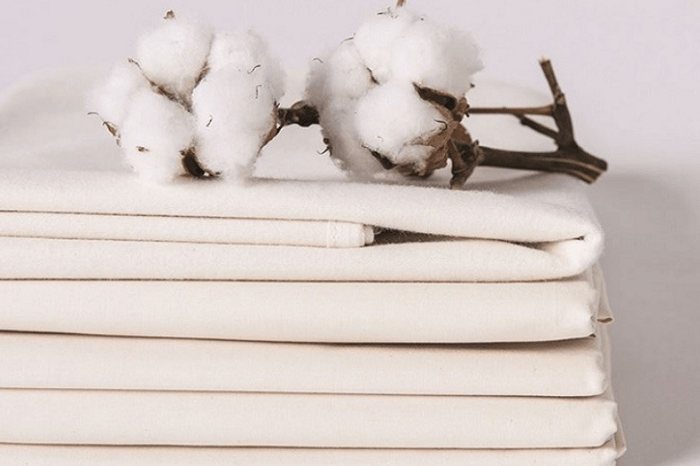
The longer the cotton yarn, the higher the quality.
Cotton fiber is a natural fiber that has a very high ability to absorb / absorb water; Cotton fiber can absorb water up to 65% by weight. Cotton fibers tend to get dirty and greasy, though they can be washed. Cotton yarn is skin-friendly (doesn’t cause itching) and does not create allergy risks making cotton yarn an important material in the textile industry.
Cotton fibers do not dissolve in water, when wet or wet will be more supple than when dry. Cotton fibers are stable to alkalis, but not resistant to acids and can be degraded by microorganisms. However, the ability to withstand termites and other insects is very high. Cotton fibers are flammable but can be cooked in boiling water for sterilization.
The main area of cotton yarn is its application in the garment industry. In addition, cotton fiber is also used as an ingredient in synthetic materials.
wool yarn
Wool or wool yarn is a type of woven fiber obtained from the wool of sheep and some other animals, such as goats, camels… Wool provides raw materials for weaving, knitting, and making sweaters that are warm clothing items. common in the world, especially in cold climates. Wool has a number of by-products derived from hair or fur, wool is elastic and holds air and retains heat well. Wool burns at a higher temperature than cotton and some synthetic fibers.
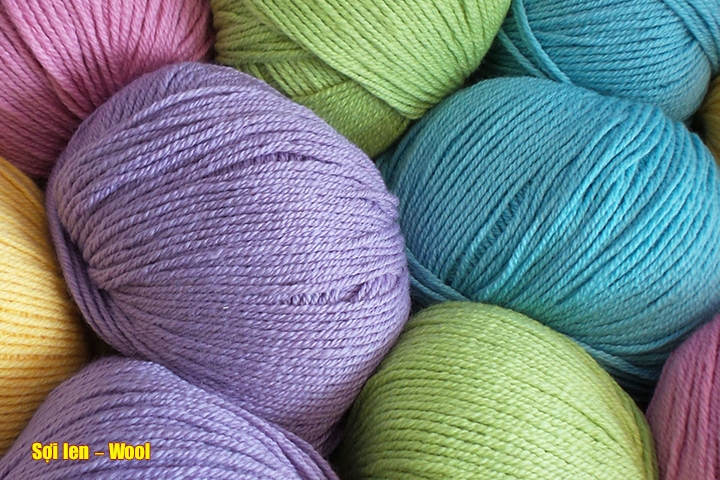
Wool is produced by means of a tool that spins wool fibers together or braids them into a yarn bond. Wool quality is determined by yarn diameter, bending process, yield, color, and strength where yarn diameter is the most important quality for determining characteristics and price.
Silk
There are 4 types of natural silk, the silk of the mulberry silkworm is the most produced type, accounting for 95% of the world’s production. Silk yarn is honored as the “Queen” of the textile industry, although the output of silk yarn produced is much lower than that of other fibers such as cotton, jute, hemp… but it still occupies an important position in the industry. weaving, it highlights the world’s leading color of silk fashion.
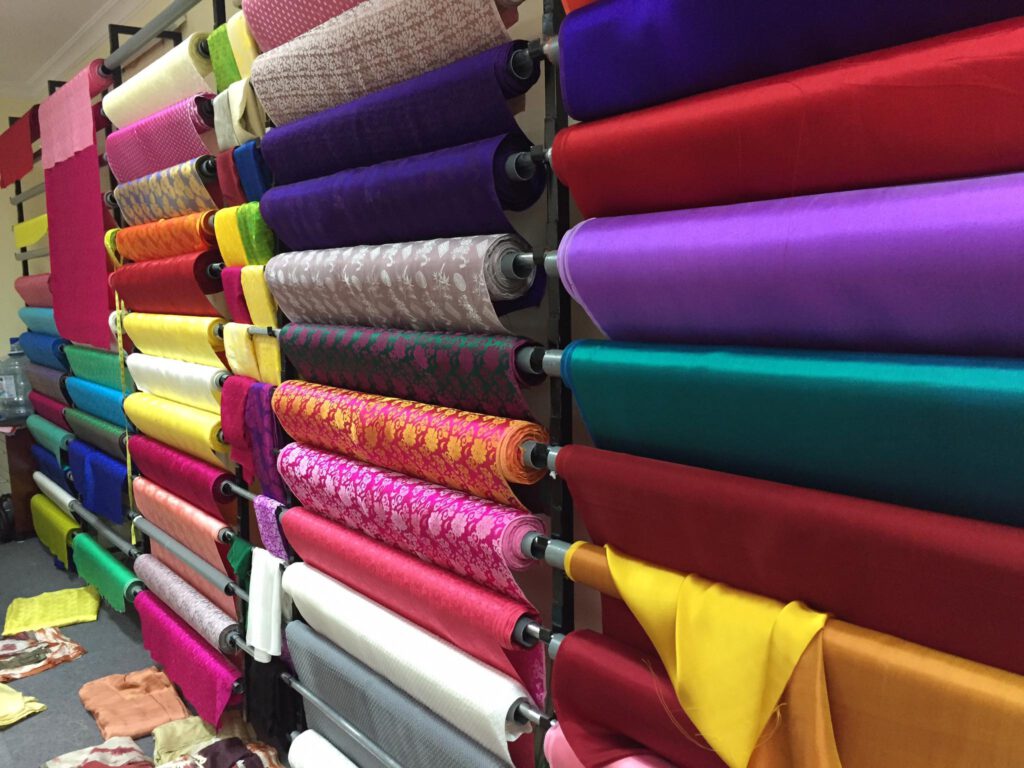
The main characteristics of silk are single silk length and silk fineness. Silk fibers can be hygroscopic, affected by hot water, acids, bases, metal salts, dyes. The cross-section of the silk thread has a triangular shape with rounded corners. Because of the triangular shape, light can shine at many different angles, the silk has a natural iridescent look.
Silk is a fine, thin fabric woven with silk. The finest silk is woven from silk. The wearer can feel the smoothness and smoothness of silk unlike fabrics woven from man-made fibers. Silk clothing is great for hot weather and lots of activity because silk absorbs sweat easily. Silk clothing is also suitable for cold weather because silk is a poor conductor of heat, making the wearer warmer.
Polyester (PES)
Polyester is a synthetic fiber with a characteristic composition of ethylene (derived from petroleum). The chemical process that produces finished polyesters is called polymerization. There are four basic types of polyester yarn: filament, staple, roving, and fiberfill.
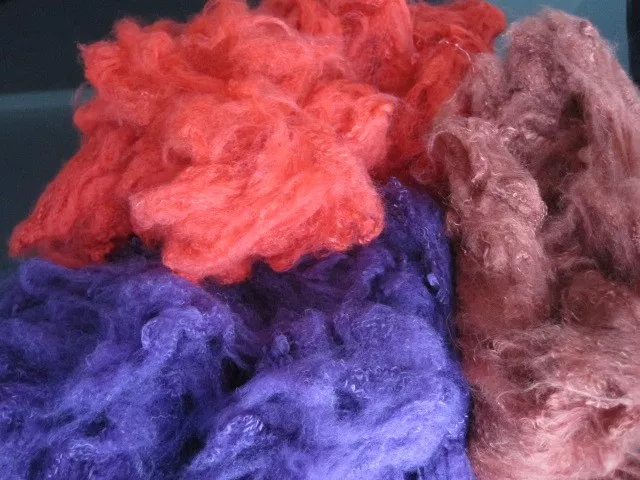
Polyester is widely used in the industry to produce all kinds of products such as clothing, household furniture, industrial fabrics, insulating materials, etc. Polyester fibers have many advantages when compared to traditional fibers. The system is not hygroscopic, but absorbs oil. It is these properties that make Polyester a perfect fabric for waterproof, dustproof and fireproof applications. Polyester’s low absorbency makes it naturally resistant to stains. Polyester fabric does not shrink when washed, wrinkle resistant and stretch resistant. It is also easily stained and is not damaged by mildew. Polyester fabric is an effective insulation material, so it is used to make pillows, blankets, outerwear and sleeping bags.
Elastane (EL) – Spandex
Elastane, known in North America as Spandex, in other countries as Elastane, is a man-made fiber. Elastane is a block co-polymer consisting of Polyurethane and Polyethylene glycol. Urethane forms stiff, stretched segments that are connected to each other by valency to form this fiber.
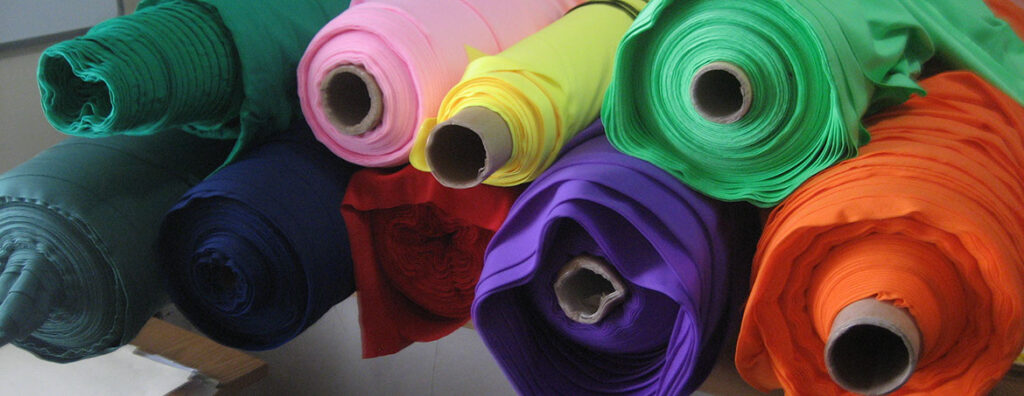
Elastane is characterized by high elongation; 500 to 700%, long lasting shape, low moisture absorption, no charge, no lint or knot on surface, light, smooth and easy to dye. This fiber has high elasticity, similar to rubber but stronger and more durable.
With the above properties, Elastane is used to make clothes with high elasticity or fit to hug the body. These types are usually sportswear, sun protection clothing, underwear, socks, bathing suits… For more comfort, people often mix Elastane fibers with other fibers (eg 80% Polyamide (for example, 80% Polyamide). Nylon) and 20% Elastane) for a suitable product.
Polyamide (PA) – Nylon
Nylon (chemistry: Polyhexamethylene adipin acid amide) was the first man-made fiber produced from carbon, water and air.
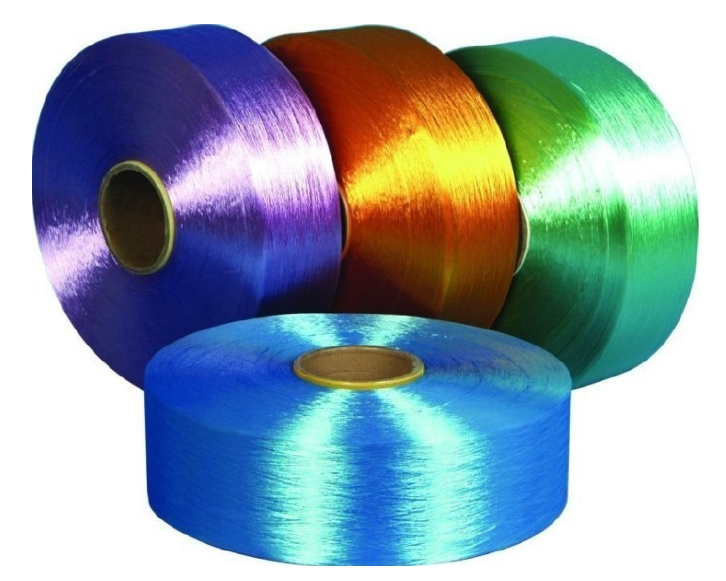
Many people believe that the word Nylon comes from New York (New York) and London (London), where Nylon was first produced. There is also another explanation for the name Nylon as the inventor of this material, Wallace Carothers was delighted at the success and exclaimed “Now You Lousy Old Nipponese, or Now You Look Old Nippon”, joy. because finally a product can be made that can compete with natural silk products, and people take the initials to call it Nylon.
Polypropylen (PP)
Polypropylene is a polymer that is a product of Propylene polymerization.
Polypropylene has high mechanical strength (tear and tensile strength), is quite strong, is not as flexible as PE, does not stretch and is therefore made into fibers. Especially the ability to tear easily when there is a cut or a small puncture. Transparent PolyPropylene, high surface gloss for high printability, clear print. PP is resistant to temperatures higher than 100oC, has the property of repelling oxygen, water vapor, grease and other gases.
With the above characteristics, PP is used as a single-layer packaging to preserve food, food, and grains. PP is also produced in the form of a coating film for multi-layer films to increase gas and water repellency, create high printability, and is easy to tear to open the package (due to the presence of a break) and create High gloss for packaging.
Acetate (CA)
Acetate is the word used to call fibers from cellulose – acetate material. Cellulose-Acetate has high plasticity, but is unstable and damaged in acids, especially inorganic acids such as sulfuric acid, as well as alkalis.
Cellulose acetate is used as a fiber to make fabrics. This fabric looks a lot like natural silk (so acetate is also called artificial silk) and feels the same way. This material is less wrinkled, easy to care for, less prone to swelling, less water absorbent.
With the above properties, CA is often used to make raincoats, umbrellas, shirts, women’s shirts, dresses, lining fabrics, tie fabrics, women’s underwear… Because they can’t stand the pliers, they should avoid using all kinds of chemicals. washing powder (detergent) has a high degree of alkalinity with this type of fiber. To preserve the silk-like shine, Cellulose-Acetate fabrics should only be washed with warm water and only the inside of the garment should be ironed while it is still damp.
Polyetylen (PE)
Polyethylene is an organic compound (poly) composed of many ethylene groups (C2H4) linked together. Polyethylene is white, slightly transparent, does not conduct electricity and does not conduct heat, does not allow water and gas to penetrate.
Polyethylene does not react with solutions of acids, alkalis, potassium permanganate and bromine water. At temperatures higher than 70oC PE is poorly soluble in solvents such as toluene, xylene, amilacetate, trichloroethylene, pine oil, mineral oil… Even at high temperature, PE cannot dissolve in water, in fatty alcohols, acetone, ethyl ether, glycerin and herbal oils.
Viscose (CV) – Rayon
Viscose is created from cellulose-based materials (wood pulp, rags…) and undergoes a processing process to form fabric fibers, so in essence, viscose is completely similar to cotton, only different. distinct in some physical and chemical properties.
In the Viscose manufacturing process the original cellulose molecules are restructured. Viscose is therefore called a renewable fiber and is classified as a chemical fiber.
The crystal structure in viscose is 4-5 times smaller than in cotton and the degree of orientation is lower. Viscose yarn is weaker than cotton yarn. Viscose fibers will become softer and more pliable when wet. Viscose strength when wet is less than 50% when dry. Because of its low crystallinity and high impact resistance, viscose swells easily when wet and expands above 20%.
Viscose fibers are more lustrous than cotton and have a more cylindrical body than cotton. Viscose reacts to chemicals more quickly than cotton and reacts even under conditions where cotton is quite resistant such as cold concentrated alkaline solutions or hot dilute solutions.
Yarn CM / Yarn CD
100% combed cotton yarn (CM yarn); 100% carded cotton (CD). This fiber absorbs moisture well and is comfortable in contact with human skin. Often used to weave soft fabrics, lining.
TCM Yarn / TCD Yarn (Tetron cotton)
TC is a yarn composed of 65% PE and 35% combed cotton (TCM); 65% PE, 35% carded cotton (TCD). This yarn is comfortable in contact with human skin, can be ironed (ironed) flat, washes easily and dries quickly, suitable for weaving.
CVC (Chief Value of Cotton) yarn
It is a yarn with the main component being cotton; for example CVC 65% cotton and 35% PE. This blend fabric has the properties of both yarns that make it up, cotton and PE.
TR fiber (Tetron Rayon)
Is a yarn with composition including PE and Viscose; for example TR 65 % PE and 35 % Viscose. This blended fabric has the properties of both yarns that make it up, PE and Viscose.
Special Yarn
It is a blend of two or more ingredients of acrylic, cotton, viscose, nylon, etc.
3. Introduction to fabrics
Fabric is a product that is woven (knitted) from yarn. Depending on the type of fabric, knitting style, color … that people create different types of finished fabrics.
+ Traditional elastic:
– Cotton T-shirt
– Viscose T-shirt
– Viscose elastic
– CVC fabric
– T-shirt
– Elastic PE
+ Elastic weave style:
– Striped elastic
– Patterned elastic
– Crocodile elastic
– Fish scale elastic
– Elastic interlock
– Mesh elastic
– Sesame seed elastic
– Honeycomb elastic
– Elastic rice grain
+ Felt elastic (scratch hair)
+ Elasticated elastic (2-way elastic, 4-way elastic)
+ Chiffon fabric
Chiffon is a smooth, transparent fabric made from natural or man-made silk fibers. Chiffon has a smooth texture, but the surface is uneven, and it feels rough like fine sand to the touch. The main reason is that the yarn used for weaving is spun very tightly and changes in both directions.
A piece of Chiffon fabric with an area of 50 x 50 cm can be compacted in the palm of the hand. Chiffon scarves are often used as decorations in dance and dance because they have a large area compared to their weight (flying softly and softly in the air).
+ Satin fabric
Satin is a woven fabric that uses a weaving technique to create less knitting between weft and warp yarns (satin weave). Through that weaving technique, the fabric will have a smooth and glossy surface on the top and a rough matte on the bottom. Depending on the type of silk, satin fibers can be heavy, coarse, matte or shiny, soft, smooth, or hard.
Although any type of yarn can be used to make satin fabric, it is common to use yarns with no length restrictions such as silk, viscose or polyester yarns, as these will make satin fabric. increase the shine of satin. Satin fabrics made from these materials are often used to sew evening gowns, underwear, more rarely, bed sheets and pillowcases. Because of its smooth shine, the fabric is very suitable for lining fabrics.
+ Taffeta fabric
Taffeta, sometimes called taffety, is a lustrous textile made from silk or man-made fibers. This word is derived from Three words and means “twisted woven.” Considered a “high end” fabric used for evening gowns, wedding gowns and lining for coats, wall panels. There are two types of silk taffeta fabric, yarn dyed type and patch dyed type. Piece-dyed taffeta is often used as a lining fabric and is relatively soft. The yarn dyed type is usually stiffer and is often used in evening gowns.
